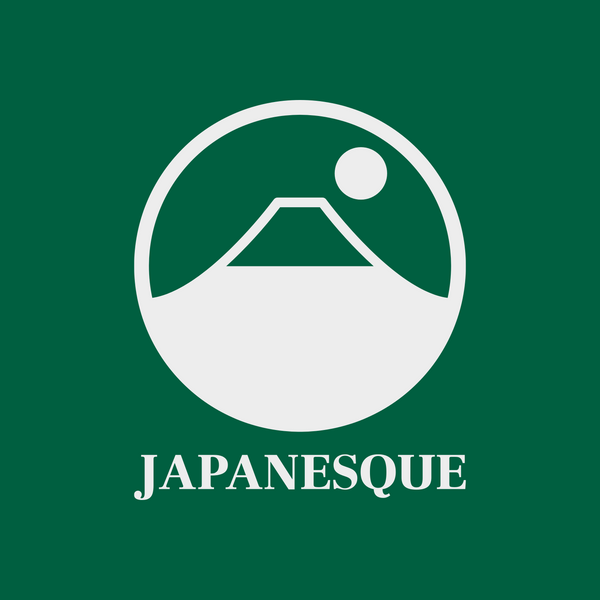3-1. The processes for "Zumiya"
-The Peocesses from Kane-awase to Uwazumi-
<Kane-awase>Kinpaku(gold leaf) is made from gold alloy with small amounts of silver and copper. This mixture is melted in a furnace with a temperature of 1,300℃ and then poured into iron molds. This process is called Kane-awase, and the gold bars are rolled and stretched by a rolling machine down to a thickness of 1/20mm. These gold thin sheets are called Nobegane (stretched gold).
<Uwazumi>The Nobegane are cut into 5cm square and then placed in-between about 200 sheets of paper in ordered to be hammered by a Zumiuchiki (a machine that hammers the gold plates). Throughout the hammering stage, the type and size of the paper used (fromsmallest to largest: Koppe, Aragane, Koju, Oju) is changed as the gold sheet is further enlarged.The end result is a 20cm square called Uwazumi with a thickness of almost 1/1000 mm.
1. Kane-awase (the making process of the gold alloy with small amount of silver and copper.)
2. Nobe-gane (the rolled and stretched sheet of gold alloy ~almost 1/20 mm in thickness)
3. Koppe (the gold sheet of almost 13 cm square made of Nobe-gane by hammering)
4. Ara-gane (the thin gold sheetmade of Koppe by hammering)
5. Koju (the thinner gold sheet made of Ara-gane by hammering)
6. Oju (the thinnest gold sheet (gold foil) made of Koju by hammering)
7. Kesho-uchi (the additional hammering process for making matted Oju.)
8. Uwazumi (the gold foil of almost 1/1000 mm in thickness.)
